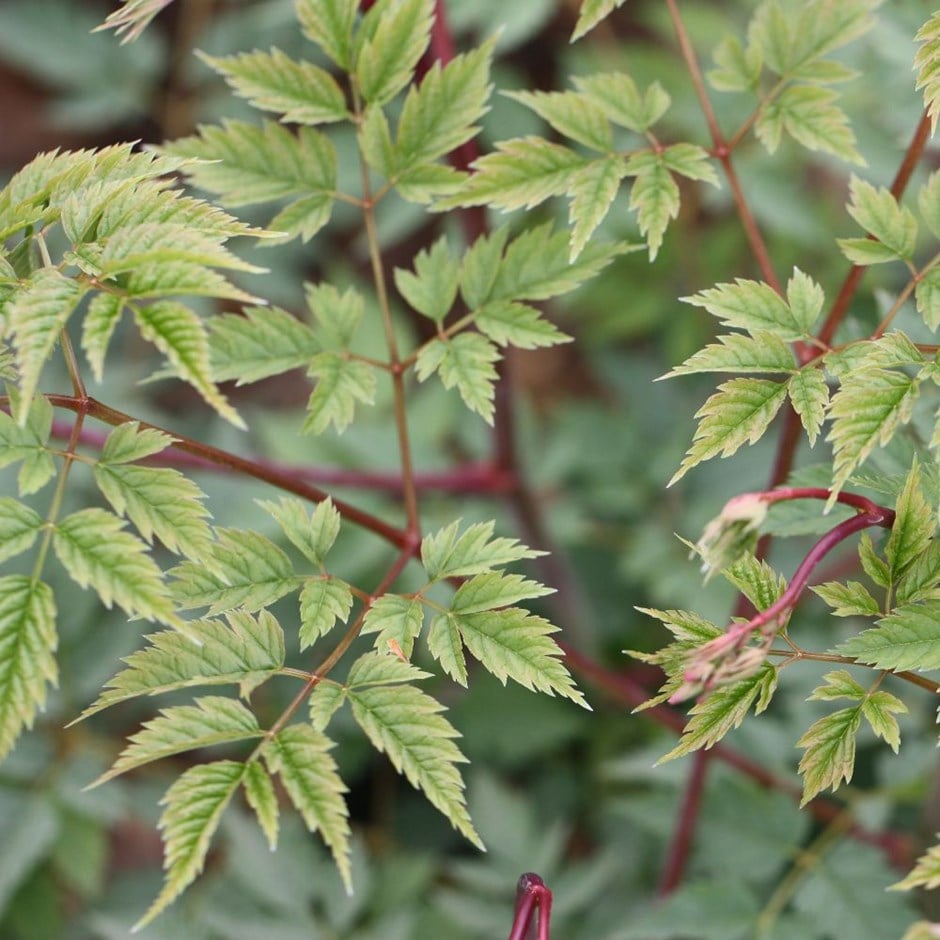Aruncus 'Horatio'
goat's beard Horatio
- 9cm pot
- £12.99
- In stock (shipped within 2-3 working days)
- 3 × 9cm pots
- £29.99 £10.00 each
- In stock (shipped within 2-3 working days)
Delivery options
- Standard £5.99
- Position: partial shade
- Soil: moist, fertile soil
- Rate of growth: average
- Flowering period: June to July
- Hardiness: fully hardy
This beautiful perennial is perfect for naturalised planting schemes and woodland edges, where it will offer two main seasons of interest. The first is in summer when the showy sprays of cream coloured flowers top the upright stems, and the second is in autumn as the handsome foliage starts to take on a rich red colour as it dies back.
Aruncus 'Horatio' is an excellent plant for a shady spot, where it can offer both decorative foliage and showy flowers.
Aruncus 'Horatio' is an excellent plant for a shady spot, where it can offer both decorative foliage and showy flowers.
Aruncus is a hardy, clump-forming perennial that prefers moist, humus-rich soil and a partially shaded to sunny position, though it will tolerate full sun if the soil stays reliably damp.
When planting, enrich the soil with compost or well-rotted manure and water in well. Keep the soil moist, especially in dry spells, as it dislikes drying out.
Deadhead faded flower spikes if you want to tidy the plant, or leave them for autumn structure. In autumn, cut back flowered stems to near ground level and apply a thick mulch around the base to protect the crown and feed the plant for the following season.
Divide overcrowded clumps every few years in early spring or autumn to maintain vigour.
When planting, enrich the soil with compost or well-rotted manure and water in well. Keep the soil moist, especially in dry spells, as it dislikes drying out.
Deadhead faded flower spikes if you want to tidy the plant, or leave them for autumn structure. In autumn, cut back flowered stems to near ground level and apply a thick mulch around the base to protect the crown and feed the plant for the following season.
Divide overcrowded clumps every few years in early spring or autumn to maintain vigour.
